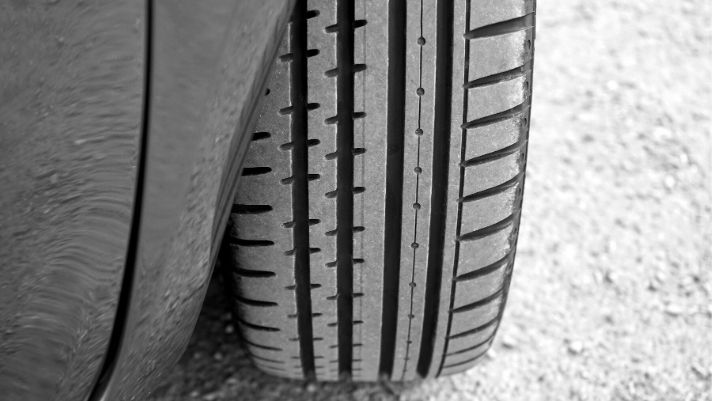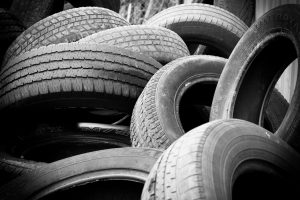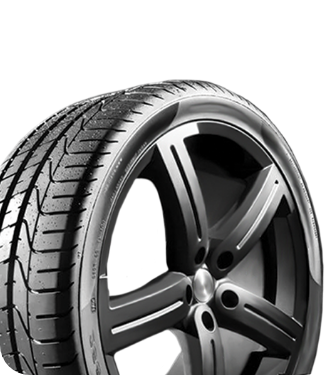

5 Common Causes of Tire Damage
Tires |You know your tires need constant attention, but you likely want to know the common causes of tire damage if you were to let them deteriorate. Read on to learn about several and to address these issues before you blow a tire.
Not Rotating Your Tires
Front- and rear-wheel-drive cars wear tires out more depending on what tires receive the most torque. Don’t let that fool you into thinking you don’t need to rotate your tires if you have a four-wheel-drive car, though. Apart from specific manufacturer recommendations, it’s advisable to rotate your tires every 5,000 to 6,000 miles, regardless of whether you see wear or not. When you don’t rotate your tires, the imbalanced wear worsens and affects your handling. At a certain point, unrotated tires wear so much in specific areas that they are at risk of leaking or blowout upon failing at that point.
Not Fixing Your Alignment
Misalignment is another common cause of tire damage. When the angle of your car’s axles is off, that exposes one or a couple of tires to increased pressure and resulting damage. One sign of misalignment includes “pulling” to one side when the steering wheel is straight. If you notice this pulling but simply compensate by turning your wheel away from the pull and going about your week, your tires will wear unevenly, and the tires under greater pressure will wear very quickly, damaging them.
Overloading Your Car
Driving with too much weight on board is another easy way to damage your tires. If gravity has more weight to pull, your tires will experience more friction than normal. When there’s more friction, you’ll lose some tire rubber to the road as it wears off quickly. Occasionally assess whether you can remove some things from your car to prevent this—this can help your fuel efficiency, too.
Driving Too Fast for Too Long
If you’ve seen black tire marks on the street, you’ve seen why driving too fast or even turning too suddenly damages car tires. If a driver chronically accelerates and decelerates suddenly, they make the friction at the time they brake or accelerate very high and overheat their tires. Over time, this stress takes precious tire tread off your tires. Instead, decrease your speed and take turns slowly.
Over- or Under-Inflating
Tires wear in certain places depending on what state they’re in during the drive. Front and rear tires wear differently from one another, but over- or under-inflated tire wear varies, too. Under-inflated tires wear excessively on the outsides because the tire bows out and increases its contact with the road. Meanwhile, over-inflated tires wear in the center because they lose normal contact on the outsides as the tire tenses and deforms from the added pressure. If you have existing tire damage and want to start fresh, contact RNR Tire Express for tires in Colorado Springs that you can buy and maintain well.





